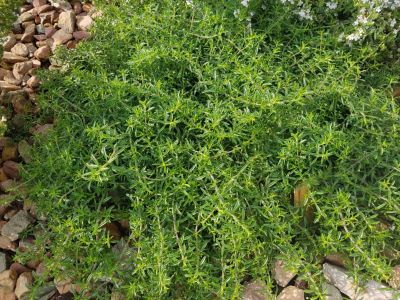Creeping Savory Uses
Creeping savory (Satureja spicigera) is a variety of savory herb and, as such, its uses are many. Here are just a few of the most common creeping savory uses in the garden: Traditionally, savory was used to relieve sore throats, coughs, flatulence, diarrhea, menstrual problems, arthritis, and insect bites. It shouldn’t be used by pregnant women. Creeping savory has a flavor similar to thyme or marjoram. It is used either fresh or dried to flavor a variety of foods. In the garden, creeping savory blooms attract bees and other beneficial insects. It is said to repel certain types of pests when companion planted near onions or beans.
Growing Creeping Savory Plants
Learning how to care for creeping savory in the garden is an easy endeavor. Creeping savory thrives in sunny, arid conditions and nearly any type of well-drained soil, including poor, highly alkaline soil. The plant tolerates intense heat and drought and tends to become leggy in shade. Plant creeping savory seeds in late winter or after frost danger has passed in early spring. You can also propagate creeping savory by taking cuttings of mature plants. The seeds may be difficult to find. Keep new creeping savory plants moist until the plants are established. Thereafter, water sparingly. In general, creeping savory plants require water only during dry spells. Pinch the tips of new growth in spring to encourage full, bushy growth.
